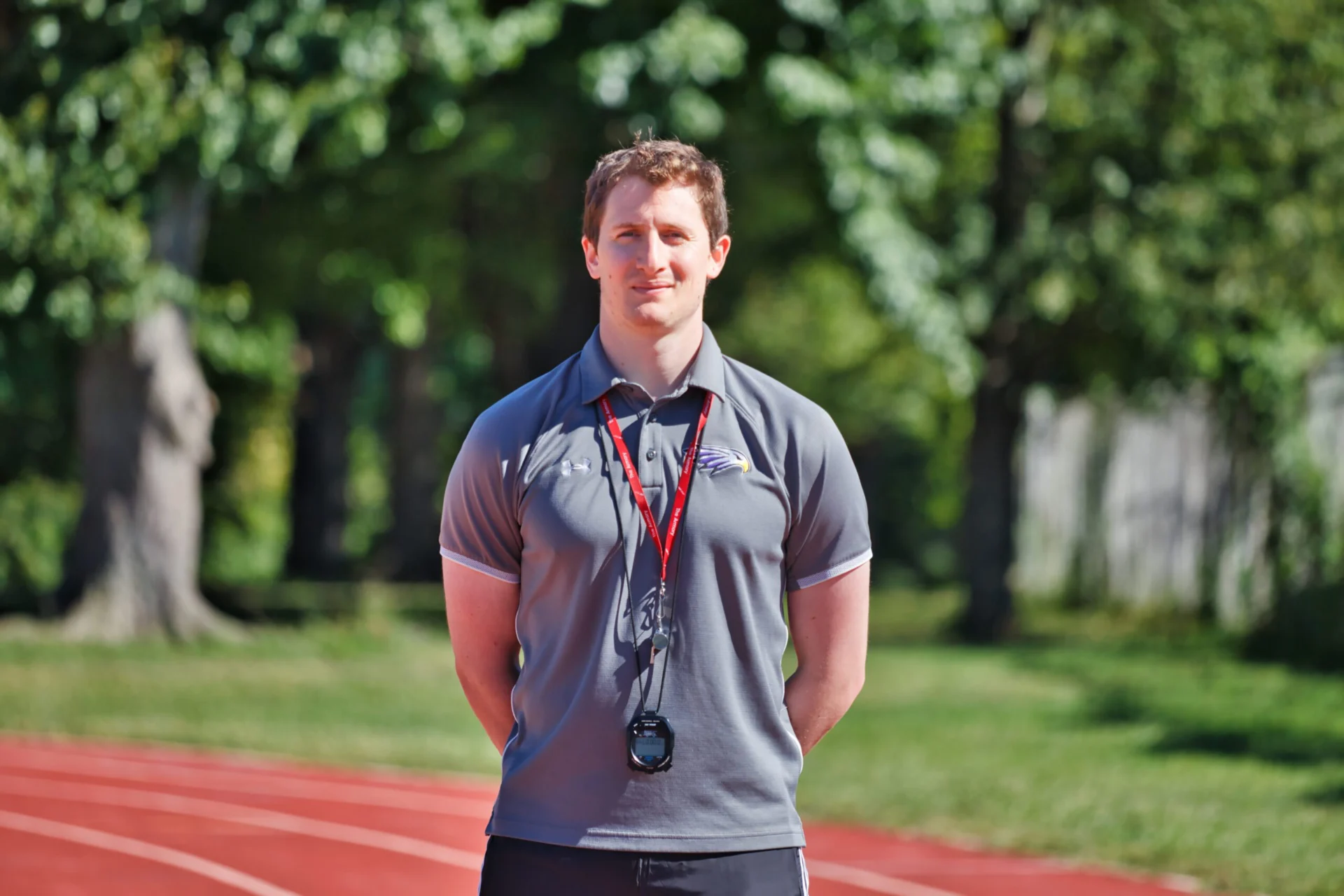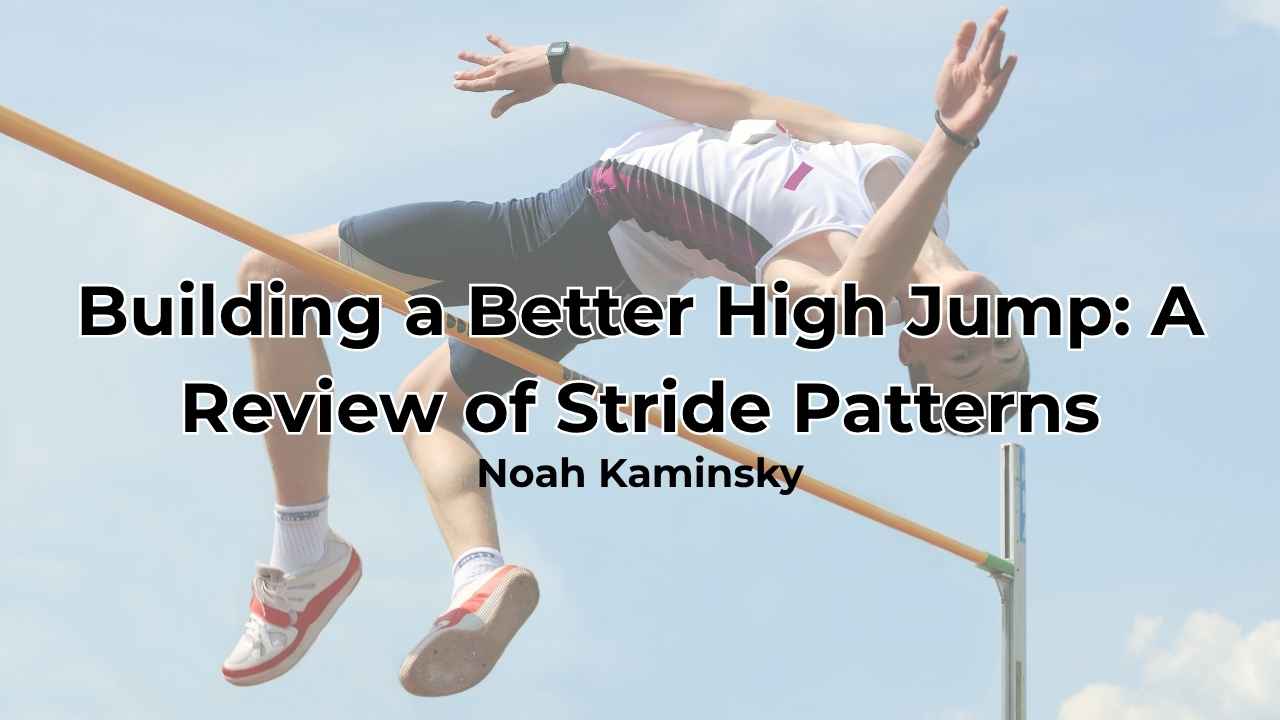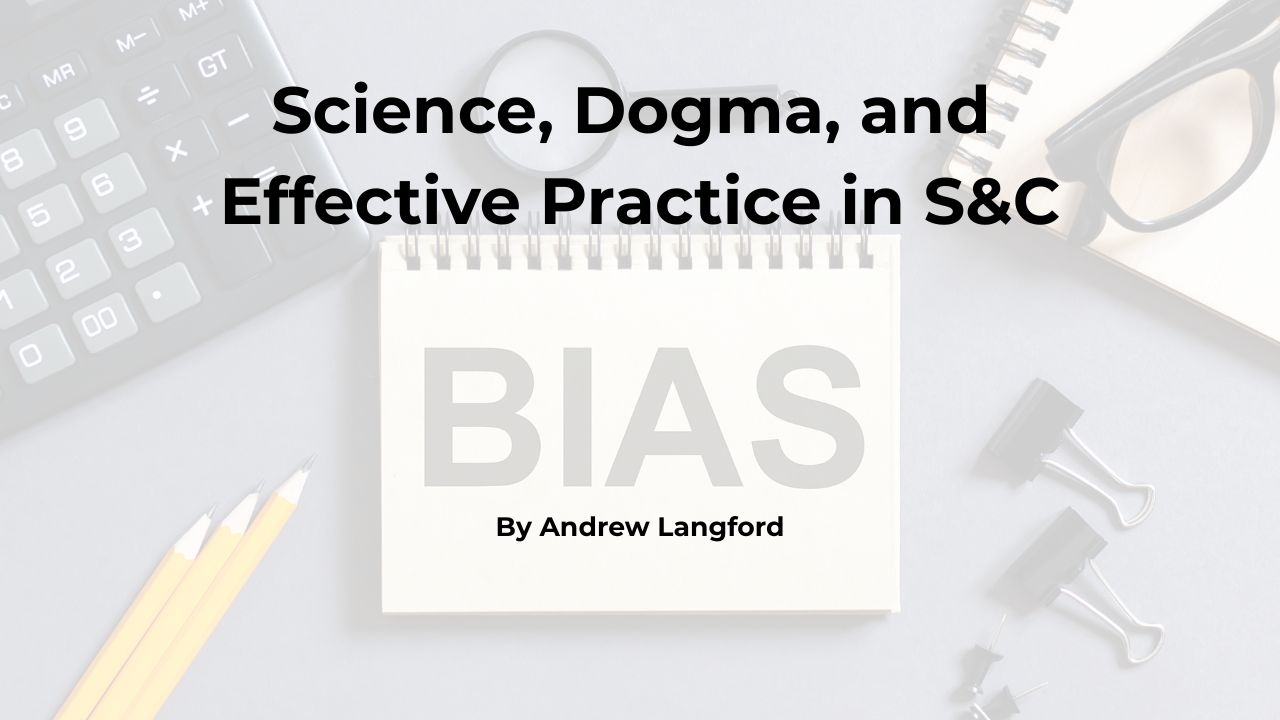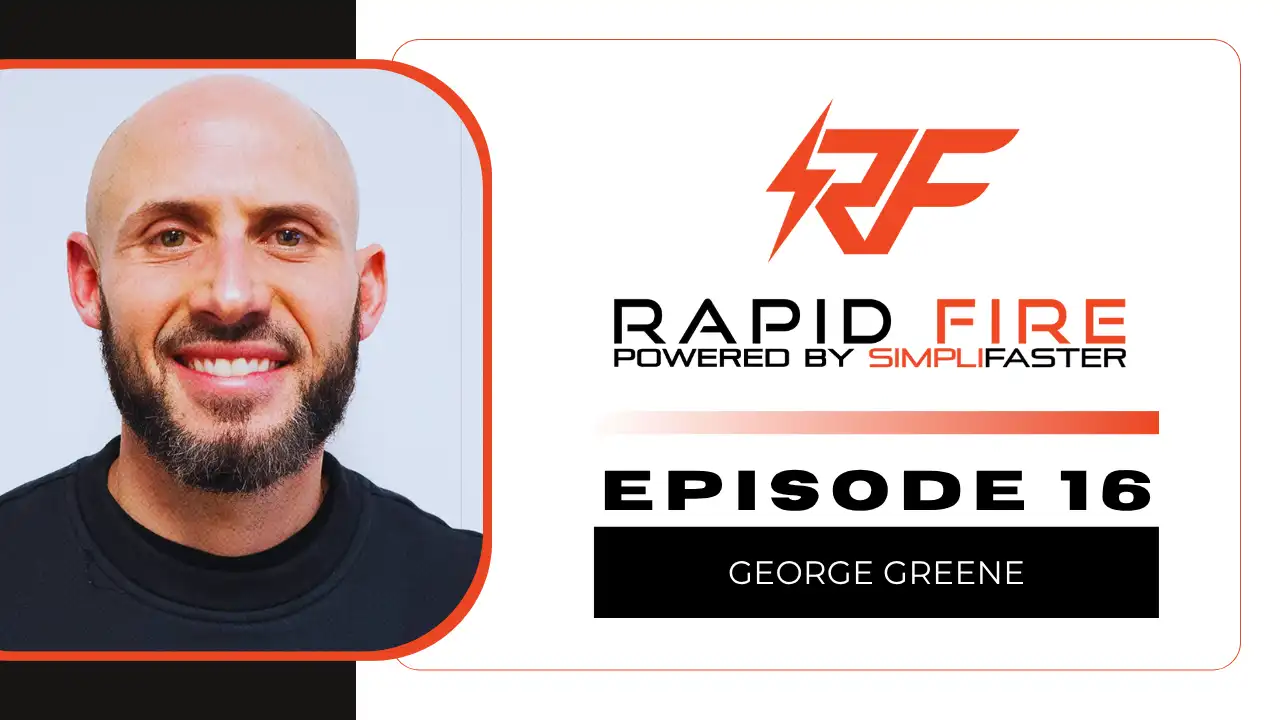[mashshare]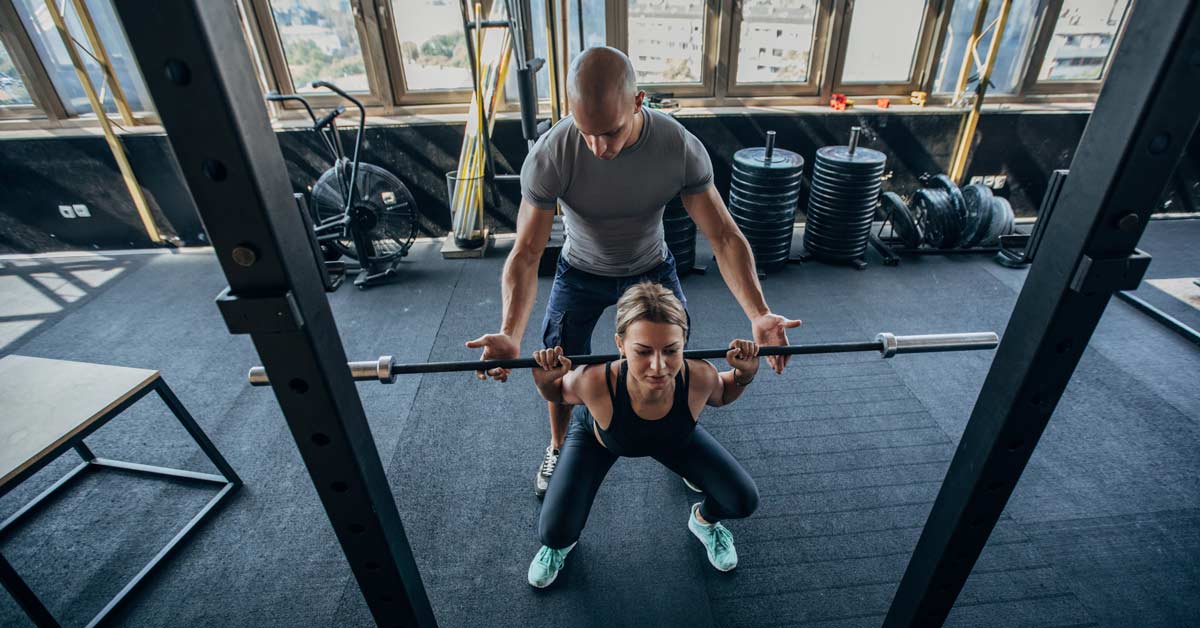
Current research and athlete development models both support a simple conclusion—high school and collegiate athletes should improve on an annual basis. As coaches, it’s our job to support and guide our athletes toward success, and we have countless resources geared toward maximizing the training process. Even so, I sometimes still hear from athletes that they are not improving in their respective team sport or track and field events. This brings up an important question: What should you do if the athletes in your system fail to make routine progress (or worse—seem to go backward)?
High school and collegiate athletes should improve annually. So what should you do if the athletes in your system fail to make routine progress, or worse—seem to go backward? Share on XNow, first and foremost, I recognize certain basics: A myriad of external factors influence a young athlete’s progress (nutrition, sleep, school, relationships, family, etc.), and the best coaches address their athletes’ emotional and physical constraints because they understand that no athlete is one-dimensional. For the purposes of this article, I focus more on addressing the problem of a group of athletes within a team, positional category, or specific event who are not improving at a successful pace, and I offer suggestions that coaches can reflect on to right the ship.
Is Improvement a Given?
During adolescence and into young adulthood, athletic performance should improve annually with developmentally appropriate training. The Long-Term Athletic Development (LTAD) model identifies a “critical period” of training when athletic potential can be maximized.3This critical period, sometimes referred to as a “window of opportunity,” usually falls within 11–17 years of age and encompasses prepubescent and pubescent development, when the body undergoes changes in growth and maturation. New models, like the Youth Physical Development (YPD) model, have expanded the upper and lower age limits of the critical period, but the foundational LTAD model principle remains intact.
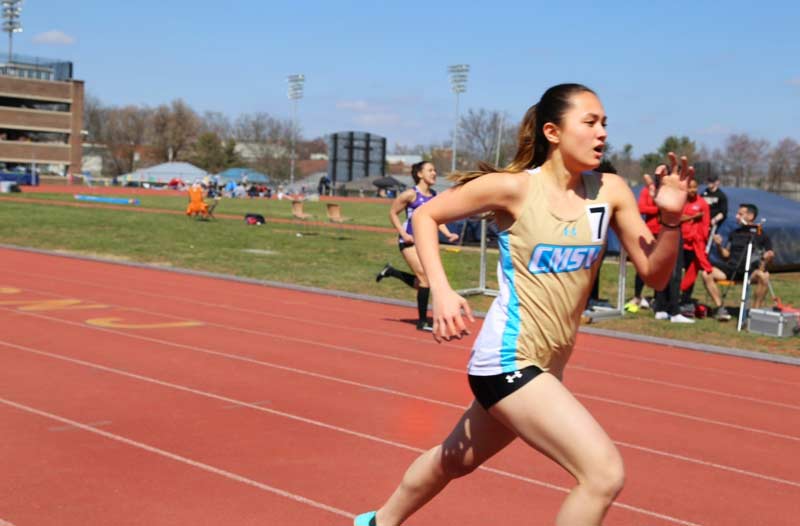
Now, I don’t suggest that an athlete should improve upon their personal best performance in each consecutive competition within a season. Instead, I argue that each consecutive annual (or semi-annual) peak in training should result in an improved performance for high school and collegiate athletes. However, I didn’t always accept this notion.
In fact, when I first coached high school track and field, I seriously doubted this conclusion. I tried to convince myself that a decline in our older athletes’ performances was unique to our team, but not other track teams. Our sprinters and distance runners demonstrated inconsistency and/or declines in performance because of our head coach’s prescribed training.
I did not coach these athletes, but I observed their constant frustration. Fortunately, I received excellent mentorship from other coaches I knew and was able to provide safe, effective training for our throwers and vaulters. While I was incredibly proud of our field athletes, I was often dismayed by the performances of our track athletes. More importantly, their well-being was compromised, as they showed up for practice physically injured from overuse.
This is when I felt compelled to expand my survey of improvement beyond the scope of one team. I decided to ask other high school athletes and coaches within our league for their observations. A few distinct patterns emerged.
- Successful track and field programs usually excel in one particular event group due to the long tenure of a good coach who’s knowledgeable in that respective event group.
- Unsuccessful track and field programs struggle with inconsistency and/or declines in athletic performance due to the long tenure of a coach with poor methods or to the frequent turnover in coaching staff.
I imagine that neither of these conclusions come as a surprise. When athletes train correctly, they improve. When they train incorrectly, they don’t. Unfortunately, the available coaching literature didn’t point toward an adequate prescription for the second conclusion. I encountered many articles that were too specific or too high-level for reasonable application to the team setting or for beginner or even intermediate athletes. Meanwhile, other articles too broadly characterized progress, identifying personal best performances as the only measure of improvement year to year.
Ultimately, we know that there are many different measures of improvement beyond PR. For example, in the pole vault, the frequency with which an athlete clears the same bar throughout a season could be a reliable measure of improvement, especially if the height is slightly below that athlete’s personal best. This would provide evidence that a personal best performance may occur soon. Alternatively, if that athlete has maintained the same frequency of bar clearance for four consecutive years, there may be additional factors affecting their performance that have been unaccounted for in their training.
As athletes progress, personal best performances become more difficult to achieve because technical changes diminish, fitness requires greater variation, and athletes eventually reach their genetic potential. Elite athletes demonstrate this extraordinarily well and might go years between personal best performances, but elite athletes are usually beyond the upper limit of the Youth Physical Development model continuum. For athletes within the continuum, annual improvement should certainly be possible.
As athletes progress, PB performances are more difficult to achieve because technical changes diminish, fitness requires greater variation, and athletes reach their genetic potential. Share on XThe following five tenets are united around the core principle that youth athletes should improve from year to year. I designed them to offer guidance to coaches and parents who are committed to healthy and safe athletic development.

If Youth Athletes Are Not Improving Annually, Then There Is Something Wrong with Their Training
Even if their training is not exceptional, youth athletes should still improve due to growth and maturation. As mentioned previously, other factors (nutrition, sleep, stress, etc.) may be responsible for the struggling individual. A great coach guides, supports, and educates their athletes, and knows how to ask noninvasive questions like, Hey, what did you have for breakfast and lunch today? or Do you feel ready for practice?
But if the majority of the team (or entire team) does not improve consistently, then training methodology is likely the culprit, and you should start asking questions of yourself about your coaching. If you are a parent or an athlete, get teammates, other parents, and administrators involved. Address the coach. This is not easy and requires caution, but it is the correct course of action. Negligence is never a good policy, because athletic non-improvement usually correlates with injury. I advocate for a collaborative dialogue between all parties because it will only lead to positive outcomes for the athletes, who matter most.

‘That Which Is Technically Desirable Must Be Physically Possible’7
Renowned pole vault coach Alan Launder favored this mantra due to the complex demands of his event. I’ve quoted him before, because his words have value far beyond the pole vault.
The preventative benefit of strength training to reduce injury is a far worthier pursuit for the coach than maximizing the power-to-mass ratio at a young training age. Share on XLack of strength, or the absence of an adequate strength training program, increases the risk of injury and decreases athletic potential. The trade-off between moderate hypertrophy and the power-to-mass ratio is not significant for the average high school athlete. Instead, the preventative benefit of strength training to reduce injury is a far worthier pursuit for the coach than maximizing the power-to-mass ratio at a young training age. As their strength increases, you may focus on maximizing the power-to-mass ratio for older athletes.
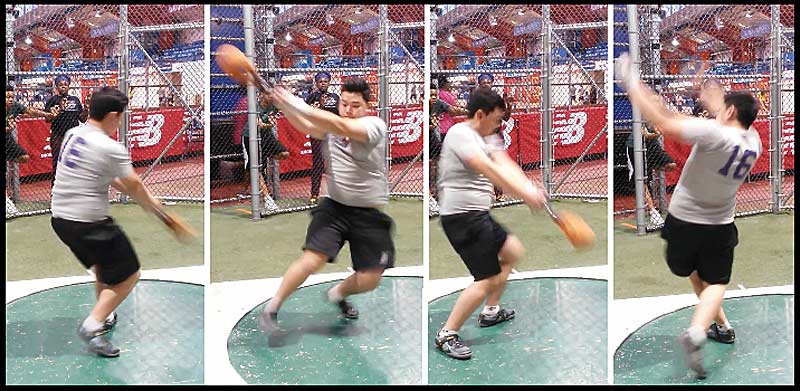
Correctly programmed strength training, paired with sport-specific skill and fitness development, will not “bulk up” athletes in detriment to their performance. For the same reason that Launder supports strengthening the body for field events, sprinters AND distance runners need to get stronger, too. The wiry freshmen that arrive ready to run cross country cannot sustain the same weekly mileage as their successful senior teammates. Amidst genetic variation, thresholds and limits exist. Too much is too much for any athlete.
We must prepare athletes for their desired technical outcomes, as well as the requisite volume of road running, sprinting, jumping, or throwing. In addition to tracking your athletes’ speed and endurance, tracking their strength is worth it too. Compound lifts are great indicators and useful diagnostic tools for evaluating athletic weakness. Coaching is the art of finding balance in your athlete’s technical and physical limitations, and that balance is not always even.
The triple jump is a classic example of an event in which strength deficits may limit an athlete’s execution of particular phases. Beginners cannot sustain equally spaced phases in triple jump because they are not strong enough to coordinate a foot strike directly beneath their body weight. I observed this frequently with young triple jumpers when I coached high school. In weight throw, I saw this a great deal as well.
In practice, we used lighter weights to improve timing of footwork in the entry and the first turn, because I needed to match the strength demands of the tasks with my athletes’ current abilities. As they got stronger in the weight room, our practice implements got heavier. Teaching movement skills requires the appropriate physical foundation.

Be Willing to Do Your Homework
If recruited athletes do not improve in college, then you may want to backtrack and learn what worked for them in high school. College coaches recruit the best high school juniors and seniors they can for their program. Generally, those athletes were successful because they had a great coach who determined what worked best for them during the previous 3–4 years. This is not always true, but it’s a good bet.
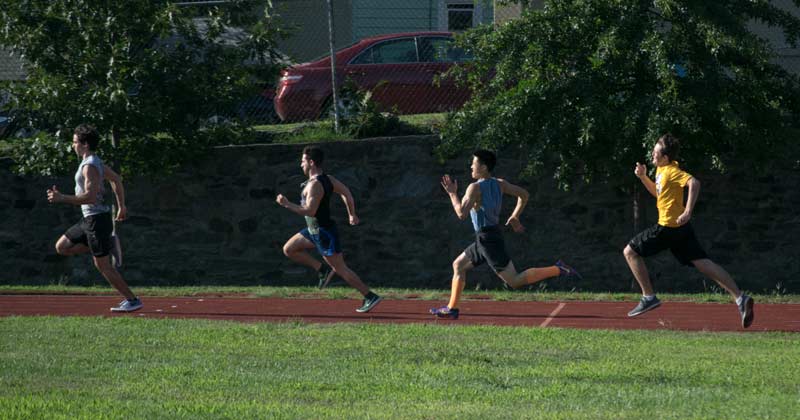
While the YPD and LTAD models suggest that athletic improvement should continue until age 21+, there’s little effort involved in calling your recruit’s previous coach and discussing how they achieved success. Their coach may have valuable advice for you that will support individualization of their training. Maybe plyometric exercises three times per week is one too many sessions for them? Maybe your athlete is not yet ready for a high-volume sprint program, but they will be if you progress them toward it gradually? Even if the coach had nothing to do with their success, they at least spent a lot of time around that athlete and may have insight to offer you. Make the call.

Select General and Specific Measures of Assessment That Work for Your Program
Consider a tool much simpler than Photogate software, a force plate, or blood lactate concentration: the naked eye, which can easily capture a holistic view of performance or focus on specific skills. Sports technology has numerous benefits for coaches who have access to it, but many coaches do not have the bandwidth or budget to involve technology. Furthermore, these tools are usually evaluative, as there are few affordable sports technologies that provide live feedback during training. Maybe a heart monitor for distance runners, but for speed and power athletes, the naked eye remains one of the most valuable tools.
For coaches of speed and power athletes, the naked eye remains one of the most valuable tools. Share on XWhile an athlete moves at relatively high speed, a coach can offer live feedback, such as cues, for general or specific assessment. For example, a sprinter may look rigid or too tense at submaximal speed. This would be a holistic assessment. A specific skill-based assessment of the same sprint could be a hinging elbow that does not remain at 90 degrees. You can track and monitor both of these deficiencies. Thus, the opportunity to monitor performance avails itself in any practice session or competition. I recommend that you select measures that you can easily monitor over multiple weeks so you may observe progress within the season.
Frequency and duration are great specific measures for tracking skill development. They are also useful for team sports because they can quantify an individual athlete’s integration within the team.
In soccer, for example, the frequency of passes received may provide an accurate measurement of an athlete’s value to their teammates. Let’s call this quantity “passing value.” Although I cannot confirm this, I predict that a positive correlation exists between an offensive player’s passing value and their number of goals scored, when measured over the course of a season. This measure would require the participation of a person besides the coach, but it offers the opportunity to create comparisons within the season, between different seasons, and between different athletes.
Another measure worth tracking could be an athlete’s duration of ball handling. This could apply to soccer, basketball, or even football and rugby. Similar to the measures of improvement for individual sports, frequency and duration are not limited to competition. Coaches can utilize these tools during practice, and again, they do not require expensive technology—just the naked eye and your ability not to lose count.

Be Humble and Unafraid to Admit That Something Isn’t Working
Irish playwright George Bernard Shaw wrote, “…those who cannot change their minds cannot change anything.”9 Your training program may work for you, but you are not the priority—your athletes are. Your success is a reflection of their success. I addressed this briefly in the first tenet when I suggested that poor progress for a majority of the team requires the coach to reflect on their methods. Self-reflection is an important part of any profession. We cannot support improvement for those around us if we cannot improve ourselves. Consider asking another coach to evaluate you and your process.
Self-reflection is an important part of any profession. We cannot support improvements for those around us if we cannot improve ourselves. Share on XCoaching is not limited to sports. Today, many industries and professions seek out the support of a third party. In Dr. Atul Gawande’s TED Talk about coaching, he points out that you don’t even need an expert third party to evaluate your practice. If you are more expert than your evaluator, you can teach them what to look for in your practice. Just like your own coaching, there are generalities and specifics, but it’s your job to seek out extra support in the first place. The day that you accept that you cannot improve your coaching any further is the laziest day of your life.
When I began coaching pole vault, I taught it the way it was taught to me. I wasn’t a very good pole vaulter, and when I started coaching, I wasn’t a very good pole vault coach either. The only cues I knew to give were: “Press high,” “Drive the knee,” and “Eyes up.” As you might have guessed, my vaulters didn’t perform particularly well that season.
The following summer, I picked up vaulting again for the purpose of improving my coaching ability. Under the tutelage of Branko Miric, a master coach from Apex Vaulting Club, I expanded my understanding of pole vault and improved my coaching. I admitted to myself that a technical change was necessary, and I adapted my methods. I have no doubt that when I announced we were changing technique, my vaulters were not pleased with me—but in the subsequent season, two out of the three of them improved by at least 4 inches.
When you make technical changes, you shouldn’t expect immediate improvement. Often, the right technical change can increase an athlete’s ceiling for performance and sustain their improvement for a longer period of time.
Tracking Measures of Improvement Is Crucial
Individual sports, like track and field or swimming, are not the only sports in which you can track improvement. There are ways—albeit more difficult ones—to track improvement in team sports. If you treat the team as one entity, then you can track progress by wins, losses, and ties. You can also track game elements, such as total points scored in basketball or volleyball, hits in baseball, or goals scored in soccer.
These measures are challenging to identify because they depend on more abstract, or subjective, aspects of the sport, like the random nature of game play, team cohesion, and the individual abilities of other athletes (both opponents and teammates). You can apply frequency and duration to create your own measures for the team, beyond the most common metrics like shots taken on goal or RBIs. Find the measures that best support your overarching goals for the season and your skills focus for individual athletes.
Find the specific measures of improvement that best support your overarching goals for the season and your skills focus for individual athletes. Share on XIn any sport, tracking measures of improvement is a vital component of safe, effective training for all athletes. Each quantity that you measure has its value in performance and should be cultivated in training as necessary. Like all skills, there must be adequate time devoted to drilling them in practice, and these quantities should improve as the athletes get older. I wrote the five tenets to offer guidance and support a wider community of sports outside my own. I hope they are useful to all those who hold themselves and their athletes accountable to higher expectations.
Since you’re here…
…we have a small favor to ask. More people are reading SimpliFaster than ever, and each week we bring you compelling content from coaches, sport scientists, and physiotherapists who are devoted to building better athletes. Please take a moment to share the articles on social media, engage the authors with questions and comments below, and link to articles when appropriate if you have a blog or participate on forums of related topics. — SF
[mashshare]
References
1. Hammond, T., Gialloreto, C., Kubas, H., and Davis, H. “The Prevalence of Failure-Based Depression Among Elite Athletes.” Clinical Journal of Sport Medicine. July 2013; 23(4): 273–277.
2. Wolanin, A., Gross, M., and Hong, E. “Depression in Athletes: Prevalence and Risk Factors.” Current Sports Medicine Reports. January 2015; 14(1): 56–60.
3. Ford, P., De Ste Croix, M., Lloyd, R., Meyers, R., Moosavi, M., Oliver, J., Till, K., and Williams, C. “The Long-Term Athlete Development Model: Physiological Evidence and Application.” Journal of Sports Sciences. 2011; 29(4): 389–402.
4. Lloyd, R. S. and Oliver, J. L. “The Youth Physical Development Model.” Strength and Conditioning Journal. 2012; 34(3): 61–72.
5. Ford, P., Collins, D., Bailey, R., MacNamara, A., Pearce, G., and Toms, M. “Participant development in sport and physical activity: The impact of biological maturation.” European Journal of Sport Science. 2011; 12(6): 515–526.
6. Loko,J.,Sikkut, T., and Aule, R. “Sensitive periods in physical development.” Modern Athlete and Coach. 1996; 34(2): 26–29.
7. Launder, A. and Gormley, J. From Beginner to Bubka and Isinbayeva too! CreateSpace Independent Publishing Platform, second edition, 2014. First edition, 2005.
8. Lloyd, R.S., Oliver, J.L., Meyers, R.W., Moody, J.A., and Stone, M.H. “Long-Term Athletic Development and Its Application to Youth Weightlifting.”Strength and Conditioning Journal. 2012; 34(4): 1.
9. Shaw, George Bernard. Everybody’s Political What’s What? (1944), Chapter 37, p. 330.

